

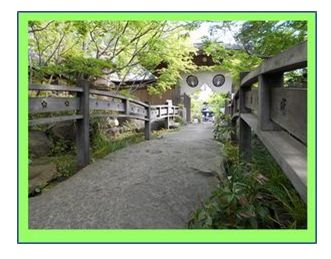

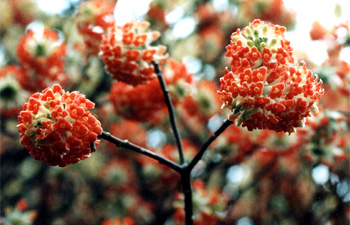
(*)Kappa: Known as a Yokai demon or imp found in traditional Japanese folklore. The name is a combination of the words "Kawa" (river) and "Wappa" (child). In Shinto they are considered to be one of many Suijin (water deity).
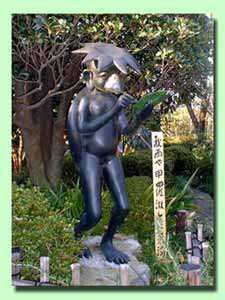
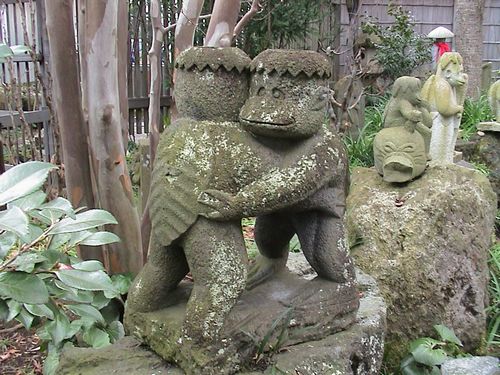

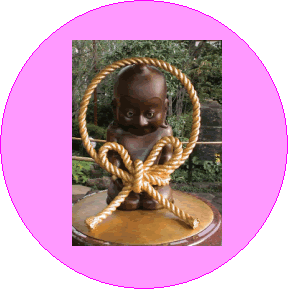

| January 1: | Shinnen Kigan Houyou (New Year prayers ritual) |
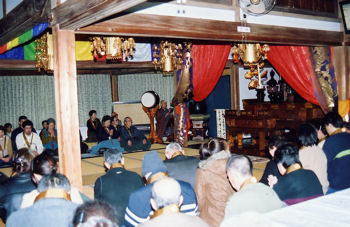 | |
| April 8: | Hanamatsuri, or Kanbutsue (Anniversary of birth of Buddha) |
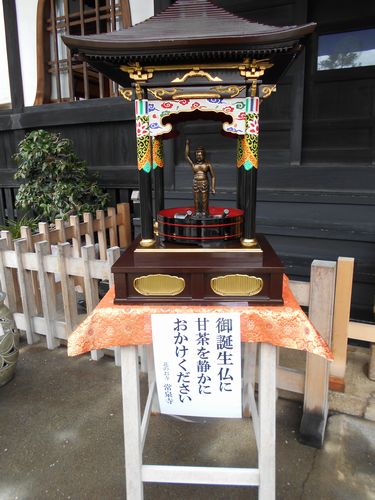 | |
| April 25: | Kaizanki (Opening Anniversay of the temple) |
| August 5: | Dai Sejikie Houyou (Service for the benefit of suffering spirits) |
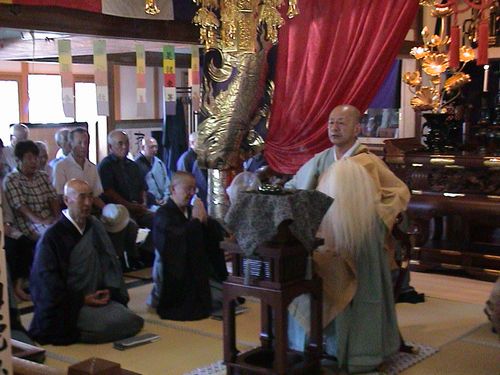 | |
| August 13-15: | Urabone Houyou (Bon festival) |
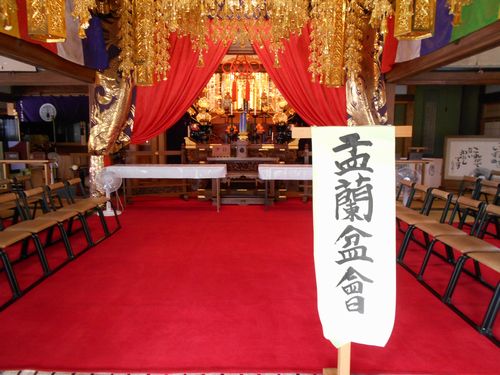 | |

Entrance fees:
300 yen for Adults (high-school students or older)
150 yen for Children (primary and junior-high-school students)
Remarks:
Using tripod or monopod is not allowed.
Bringing any kind of pets is not allowed.
Drinking alcohol and smoking are not allowed.
Transportation by Train:
Approximately 7 minutes' walk from Kozashibuya Station of Odakyu-Enoshima Line.
Transportation by Car: Approximately 40 minutes' ride from Sannoubara intersection
on R246, or about 40 minutes' ride from Shimo-Kawai interchange on R16.

Tel: 046-267-8789
Emal:jousenji@hananootera.com
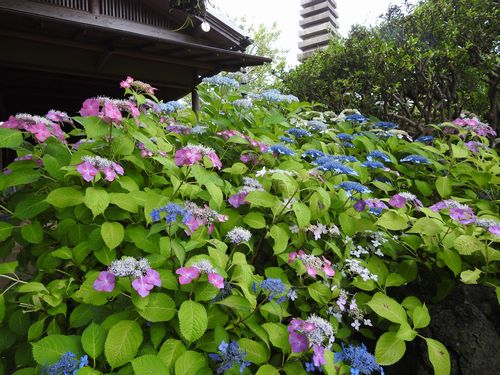
紫陽花(ajisai, hydrangea)
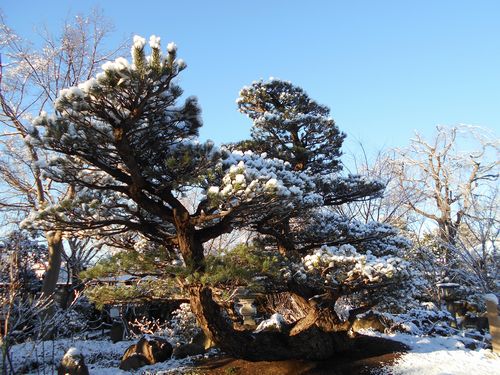
650 years old pine tree
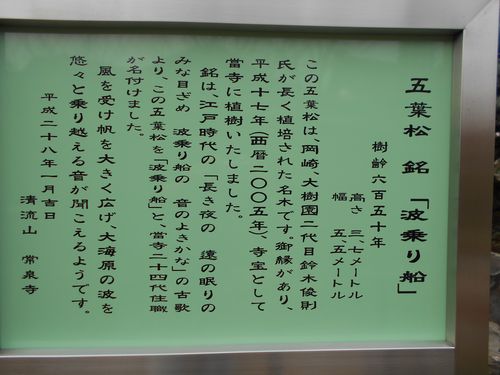
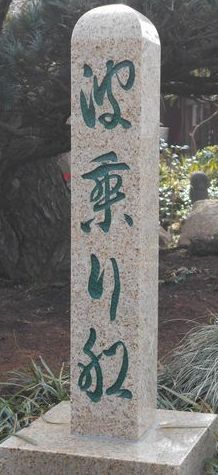
In our garden there grows a Japanese white pine named Goyomatsu estimated 650 years old,
which dated back to1366 in the Muromachi Shogunate era.
This tree grew naturally in a mountain in Nagasaki and was jointly managed by Kubota Shouryokuen garden center in Nagasaki prefecture and Toshinori Suzuki of Daijyuen garden center in Aichi prefecture. The tree was once moved to Daijyuen garden center and transplanted back to Nagasaki in 2000.
In 2005, the tree was transferred to this temple by sea in relationship to Kentarou Shiino, the Houjuen garden center nurseryman who practiced ascetic training in Daijyuen garden center.
The 24th chief priest of this temple named the tree as "Naminoribune" (wave-riding boat) after an old Japanese poem in Edo period;
Nagakiyo no Toono nemuri no Mina mezame Naminoribune no Otono yokikana
(Awakening from deep sleep in a long night, soothing sounds of a boat sailing on waves).
At the mercy of fate, the pine tree has settled down in this temple as a place of living in peace. It looks like a boat sailing over big waves with full sails in the wind in the ocean.
This tree grew naturally in a mountain in Nagasaki and was jointly managed by Kubota Shouryokuen garden center in Nagasaki prefecture and Toshinori Suzuki of Daijyuen garden center in Aichi prefecture. The tree was once moved to Daijyuen garden center and transplanted back to Nagasaki in 2000.
In 2005, the tree was transferred to this temple by sea in relationship to Kentarou Shiino, the Houjuen garden center nurseryman who practiced ascetic training in Daijyuen garden center.
The 24th chief priest of this temple named the tree as "Naminoribune" (wave-riding boat) after an old Japanese poem in Edo period;
Nagakiyo no Toono nemuri no Mina mezame Naminoribune no Otono yokikana
(Awakening from deep sleep in a long night, soothing sounds of a boat sailing on waves).
At the mercy of fate, the pine tree has settled down in this temple as a place of living in peace. It looks like a boat sailing over big waves with full sails in the wind in the ocean.